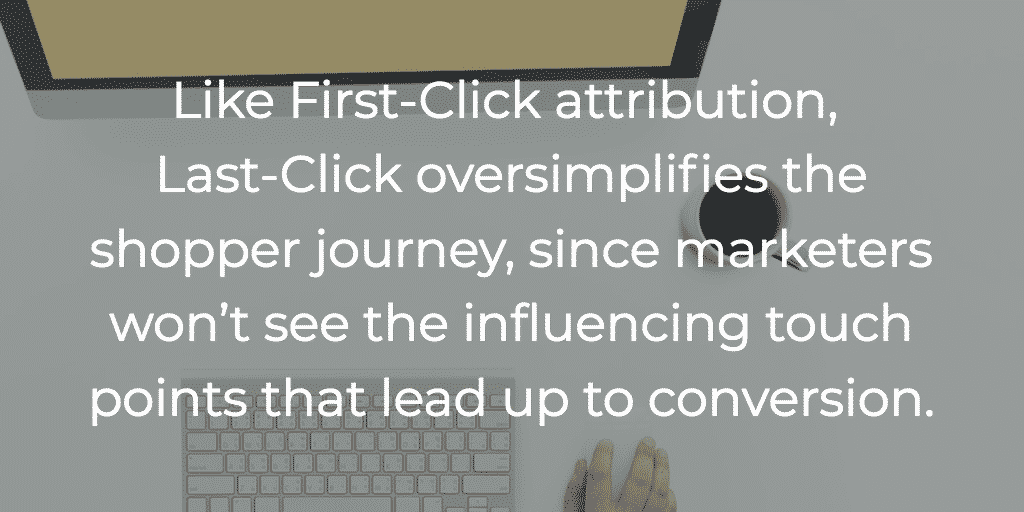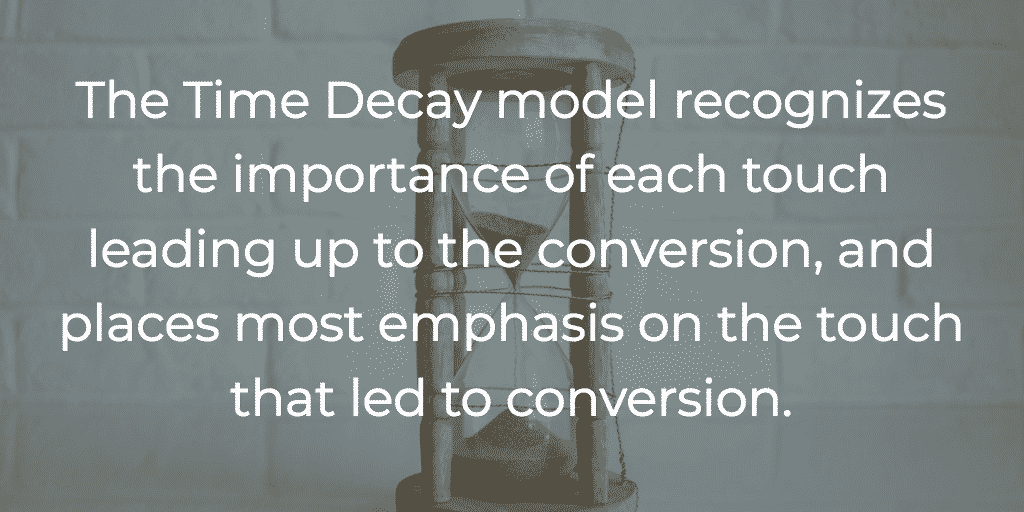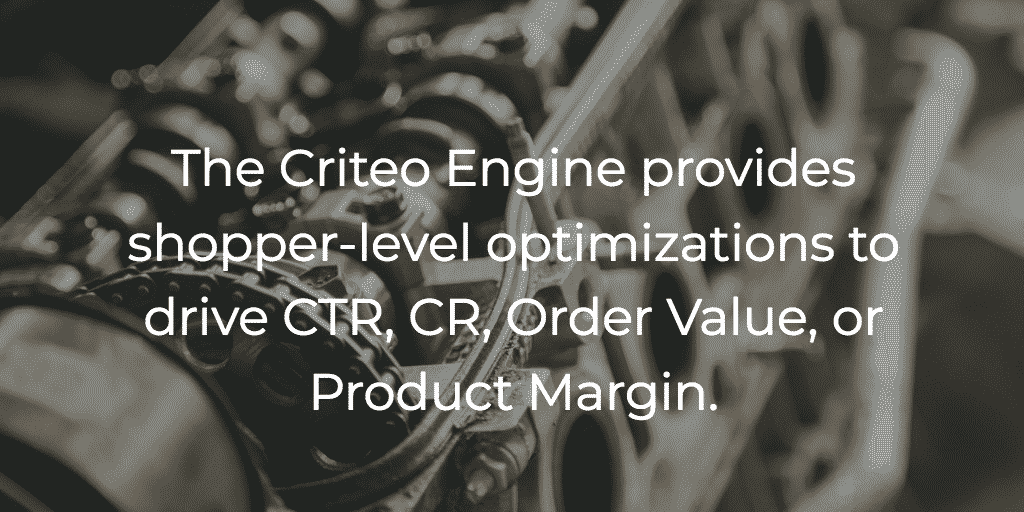In the second webinar of our series “The Data-Centric Revolution,” our VP and head of Analytics and Data Science at Criteo, Jaysen Gillespie, and the Product Marketing, Measurement Lead at Live Ramp, Darren Moore discussed the current shopper landscape and shed light on the various attribution methodologies available to marketers today.
Specifically, they talked though the different methods of tracking cross-channel ROI.
The real challenge, says Gillespie, is connecting all the data from different systems: “How can we close the loop between what the marketing is doing and the marketing spend?”
Citing Millward Brown’s latest “Getting Digital Right” study, Moore points out that “40% of marketers believe media investments should be allocated to cross-channel and cross-device marketing, outpacing any individual channel.”
This is a critical investment for marketers because, says Moore, “If you don’t measure something, you can’t understand it. If you can’t understand it, you can’t control it. And if you can’t control it, you don’t know how to improve your ROI, marketing tactics, or the experience your consumers are having with your brand.”
So how can you really figure out ROI across each channel? First, let’s take a look at the common attribution methodologies to better understand their pros and cons.
Cross-Channel ROI Attribution 101: The Methodologies
1. First-Click
Also known as first-touch, First-Click attribution measures a conversion by tracking the first interaction with a channel and weighs discovery and awareness as the most valuable in the shopper journey.
This is great for marketers who are solely focused on demand generation or growing brand awareness. But while it’s easy to measure, it’s hard to optimize for conversions since almost every customer makes that first touch.
First-Click, according to Moore, can oversimplify how marketers look at ROI. He likens it to an Oscar speech where you only thank your elementary school teacher, but ignore the dozens of other people that made the award possible.
Ultimately, by looking too closely at the first point of contact, you don’t allocate the right weight to the others in the journey.
2. Last-Click

Last-Click, also known as Last-Touch attribution, tracks the last interaction a shopper has with a channel and attributes the sale to that channel. This model is great for marketers who care only about driving conversions and who disregard non-converting actions.
Like First-Click attribution however, Last Click oversimplifies the shopper journey, since marketers won’t see the influencing touch points that lead up to the conversion.
Again, Moore likens this to the Oscars – but, this time, you’re only thanking the last director you worked with, instead of everyone who helped you before then.
3. Linear
In today’s world, the average transaction can have more than 30 touch points. The Linear Attribution Model gives each channel in the shopper journey equal value – so if there are five touches leading to a conversion rate, each touch gets 20% of total attribution.
While linear attribution is a first step towards multi-touch attribution as you start optimizing for the whole customer journey vs. a single touchpoint, it still doesn’t help marketers figure out which points are the most helpful in driving conversions.
4. Time Decay
In the Time Decay attribution model, attribution is weighed according to when the customer interacted with it. Touch points closer to conversion are seen as more valuable. For a simple example, if you have three touch points in this order: Google, Facebook, and Instagram. Instagram, being the last touch, would receive 50% of the attribution, Facebook 30%, and Google 20%.

The benefit of the Time Decay model is that it recognizes the importance of each touch leading up to the conversion, and places most emphasis on the touch that led to conversion. Marketers looking for the touches that are most likely to drive or increase conversions can use this attribution model, but this model doesn’t tell you which touches generated important brand awareness.
5. Position-Based
The Position-based attribution model combines linear and time-decay models and optimizes towards the first and last touches with the middle touches splitting the rest of the attribution. Position-based lets marketers assign the most importance to the first touch that created brand awareness and the last touch that led to conversion.
The downside is that attributing most of the conversion to first and last touches overlooks that, sometimes, these touches are not the strongest drivers of conversion.
For instance, if your first touch was a paid search ad, does it make sense to give it equal credit as an email offer that led to a conversion?
The Criteo Shopper Graph
What you really need to perfect your attribution model is data – and the technology to connect all your data together.

How can you do this and where do you start? And how can you compete with companies who not only have robust sets of data but also the structure to track and measure their users within their data-rich walls?
At Criteo, we help our clients gain a unified understanding of a shopper’s online journey and provide real-time intent data with the Criteo Shopper Graph, which offers:
- 1.5B cross-device IDs
- $800B annual ecommerce sales
- 2B+ monthly active shoppers
- 600TB daily shopper data
And that’s just the tip of the data iceberg.
“We capture that data through our clients,” says Gillespie, “so it’s a direct relationship. What we’re trying to do is aggregate data across global ecommerce and make it available on an open basis so retailers can have the scale you see amongst major players like Amazon, Google, and Facebook.”
And with proven machine-learning technology, the Criteo Engine provides shopper-level optimizations to drive CTR, CR, Order Value, or Product Margin. We perform over 30,000 tests each year on new performance algorithms and variables, so our clients know which touch points are working and which aren’t.
After all, that’s the goal of measuring attribution. At the end of the day, says Gillespie, “We want to build an open data set that lets you verify that your marketing is working where it should be.”















